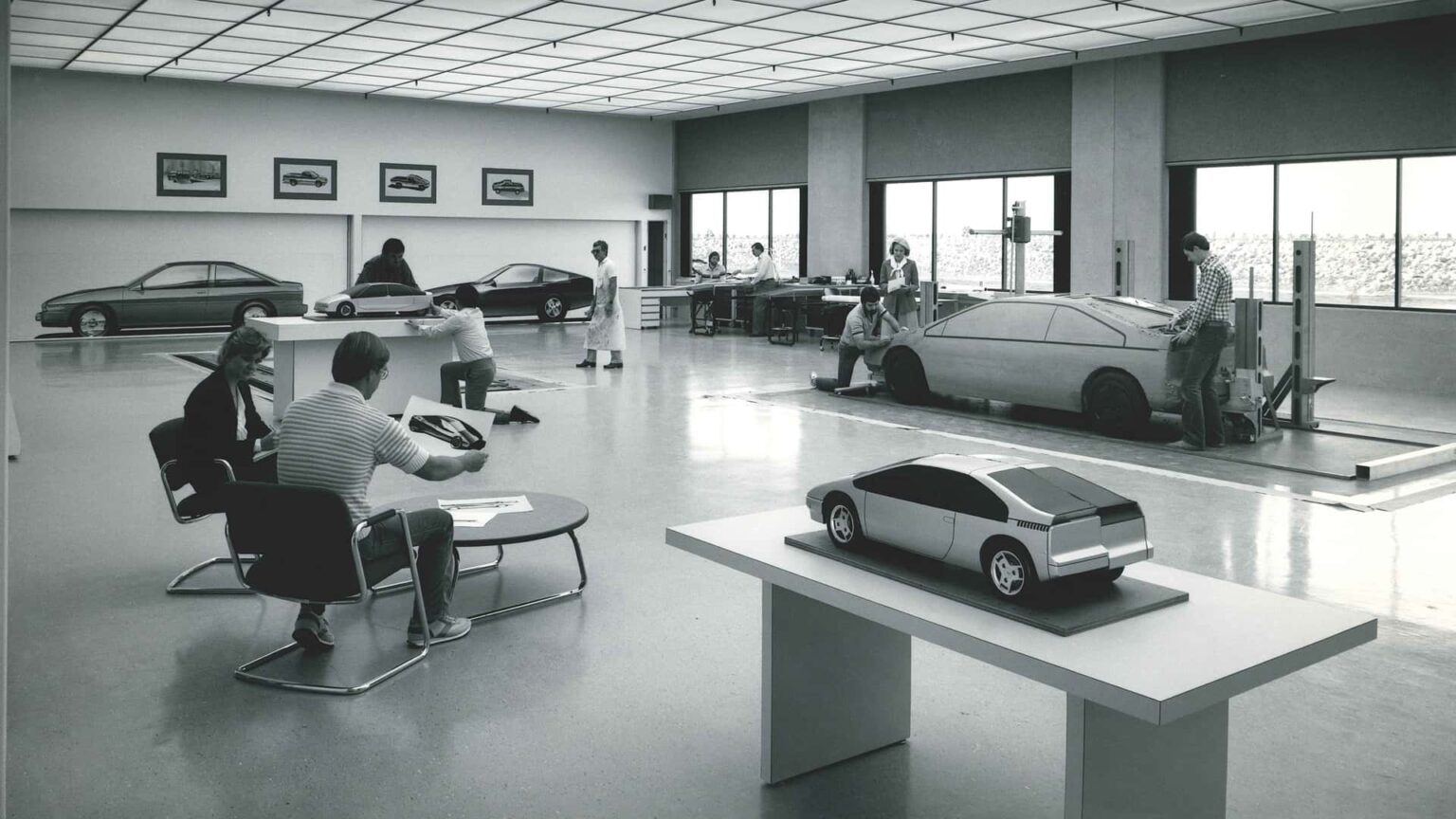Nissan’s draconian plan to reduce costs is about to claim even more victims. Two design studios will close, with the axe set to fall on NDA (Nissan Design America) in San Diego, California, and NDLA (Nissan Design Latin America) in São Paulo, Brazil. As if that weren’t bad enough, the company also intends to downsize creative work in the UK and Japan.
Going forward, the Atsugi facility in Japan will serve as the lead design studio for global markets. Studio Six in Los Angeles will evolve into the primary U.S.-centric hub for Nissan and Infiniti models. The London studio will continue to support the Africa, Middle East, India, Europe, and Oceania (AMIEO) region while collaborating with alliance partner Renault.
Elsewhere, the Shanghai studio will remain the design hub for Chinese-market vehicles. The Creative Box in Tokyo will stay responsible for “experiential projects in brand and lifestyle design.” Although the number of layoffs isn’t specified, CEO Ivan Espinosa says the cuts are part of a massive headcount reduction that will trim the workforce by 20,000 people.
Nissan says streamlining its design studio footprint into “five agile hubs” will be completed by the end of March 2026. In addition to saving an unspecified amount of money, the Japanese automaker claims the move will pave the way for “faster decision-making, deeper creative collaboration, and more agile responses to market shifts.”
Nissan’s San Diego design studio in 1982
Photo by: Nissan
It’s hardly a surprise Nissan is restructuring its design studios. A few months ago, it announced a “design simplification” intended to slash related costs by around 60 billion yen ($409 million). It also mentioned reducing parts complexity by up to 70 percent under the bold “Re:Nissan” recovery plan.
The new strategy will directly affect vehicle development by accelerating processes to reduce costs. The goal is to engineer a next-generation car in as little as 37 months, cutting lead time by 15 months. Derivatives will take 30 months to complete, or 20 months faster than before. Further simplification will come from reducing the number of vehicle platforms from 13 to just seven by the middle of the next decade.
As the saying goes, it will get worse before it gets better for Nissan. But that’s how the cookie crumbles once a carmaker ends up in such a critical situation. These are decisions no CEO wants to make, but without them, Nissan would likely have ended up in an even more fragile state.
Read the full article here


